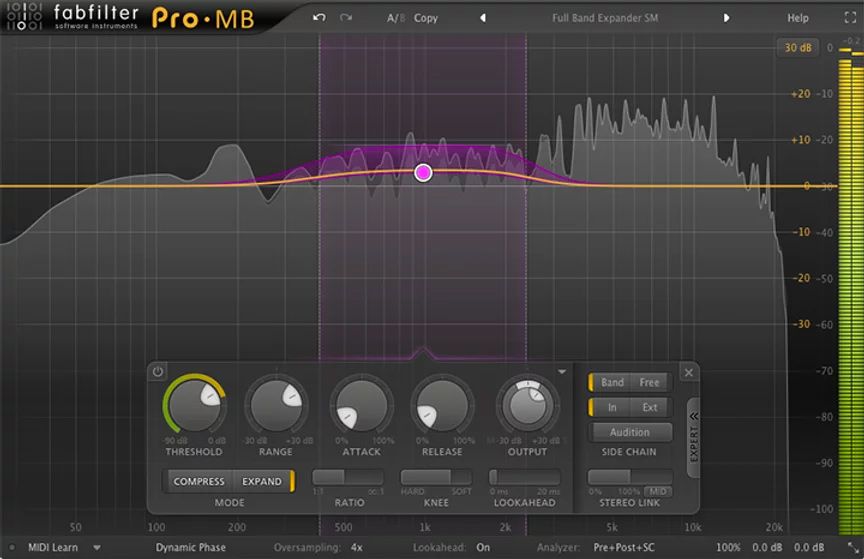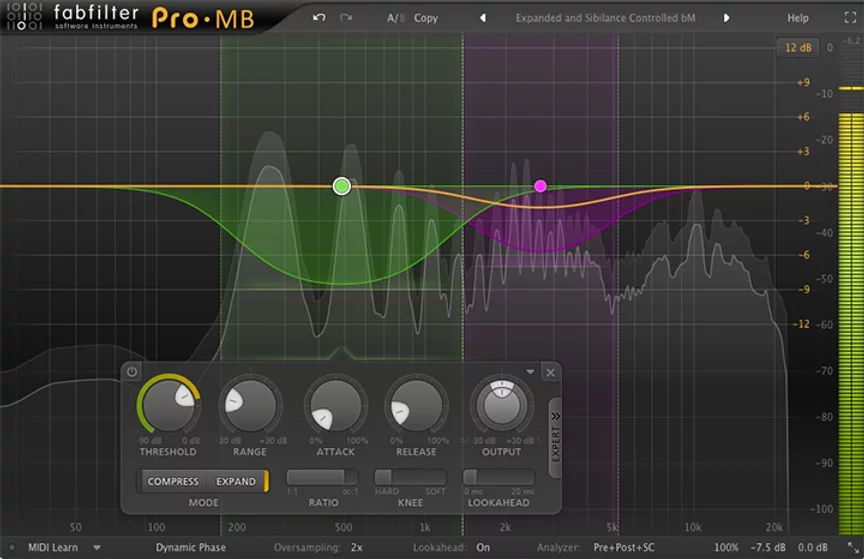What exactly is an expander on a channel strip or within a gate?
Most of us in the field of audio and its many facets, whether it be as a professional or amateur, have experience using a noise-gate. Where there is a noise-gate, there is usually an “Expander.” What even is an Expander? Obviously, it is a process that “expands” . . . but I plan to dig in deeper in order to shed some light on expanders and moreover, the practical application of using them in our workflow.
There are a few important distinctions to make when conceptually separating an expander from other dynamic processes, such as a compressor or gate. All of these have very similar controls such as a ratio, threshold, attack & release, but expanders usually also contain a “Range” control.
The most simple explanation of an expander is that it increases the dynamic range of the audio that's running through it. This sounds amazing, doesn't it?! Behaving oppositely from a compressor, there may come a time when it is just the tool needed . . . or so it may seem.
There are two types of expanders, upward & downward. Downward refers to making a quiet sound even quieter, while an upward-type of expansion refers to making a loud sound even louder. How this happens and to what extent depends on the expander's threshold and range. When the audio level is above that of the threshold, upward expansion occurs; when the audio signal is below the threshold, downward expansion will occur.
To be more precise, here are the parameters of an expander:
Attack: Sets how fast expansion responds when a signal level crosses the threshold
Release: Sets how fast the expansion recovers after a signal level crosses the threshold
Threshold: Sets the level where expansion occurs
Ratio: Sets the amount of expansion that is applied
Range: Limits the maximum amount of applied gain change
Honestly, I have not used expanders very often, but as a result of my research it appears the following are the best descriptions and uses for an expander, both upward and downward. Shout out to Fabfilter to their amazing plug-ins! Below features their multiband compressor for examples.



